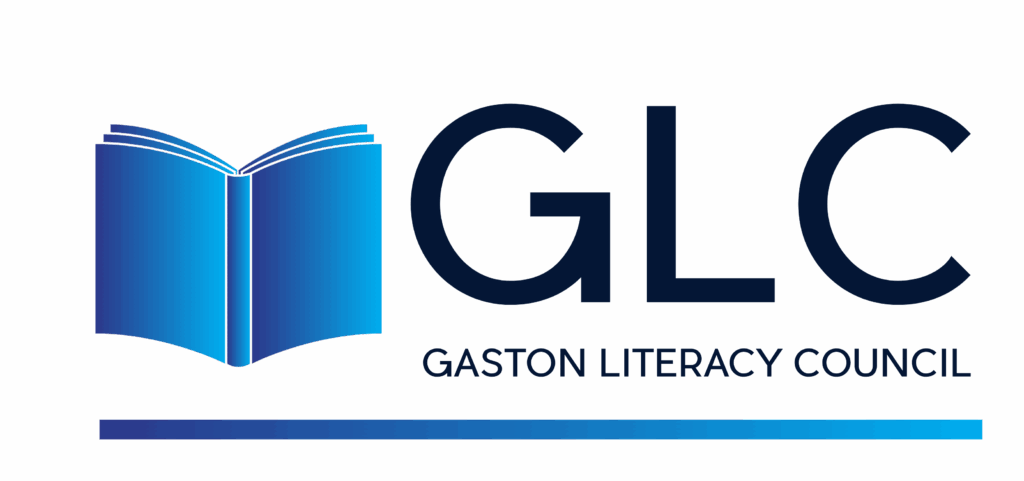Literacy and the Healthcare Industry
The High Cost of Illiteracy on the Healthcare Industry

Nearly nine out of 10 adults struggle to understand and use personal and public health information when it’s filled with unfamiliar or complex terms. Improving health literacy could prevent nearly 1 million hospital visits and save over $25 billion a year Health Literacy Basics (CDC).
It is estimated that between $106-$238 billion is wasted annually on unnecessary healthcare expenditures due to low health literacy (ProLiteracy). This immense cost to the U.S. economy is especially pronounced in our area with North Carolina’s ranking 35th compared to other states (WiseVoter). A disproportionate number of those with low health literacy are immigrants, older adults, and people with low socioeconomic status who are often medically underserved. These individuals often lack the capacity to obtain, process, and understand basic health information and services to make appropriate health care decisions.
In August 2020, the U.S. government’s Healthy People 2030 initiative updated the definition of Personal Health Literacy defining it as the degree to which individuals have the ability to find, understand, and use information and services to inform health-related decisions and actions for themselves and others. This not only requires basic reading and numeracy skills but also the ability to comprehend oral and written communication. Individuals must also possess necessary digital literacy skills, so they are able to navigate the health care system, retrieve information, and communicate with health care providers.
Adults with lower-than-average reading skills have difficulty reading prescriptions, treatment plans, discharge instructions, warning labels, health insurance forms and informed consent forms. In addition, they utilize preventive care and services at a lesser rate, worsening their health outcomes. The lack of knowledge and understanding of health conditions and services coupled with the inability to implement appropriate self-care activities directly impacts not only the individual but the medical system and community by increasing hospitalizations, health care cost, morbidity, and mortality.
The burden of low health literacy does not lie only with the individual. Health care organizations must also be health literate to reduce the demands placed on individuals. In developing Healthy People 2030, the Secretary’s Advisory Committee on National Health Promotion and Disease Prevention Objectives for 2030 proposed expanding Healthy People’s view by advocating and increasing the focus on the organizational aspect of health literacy. Organizational health literacy is defined as the degree in which organizations equitably enable individuals to find, understand, and use information and services to inform health related decisions and actions for themselves and others. This added definition acknowledges that organizations have a responsibility to address health literacy.
Who has Low Health Literacy?
An estimated 90 million Americans have low health literacy, including many:
- With lower socioeconomic status or education;
- Who are elderly;
- With low English proficiency (LEP) and/or who are non-native speakers of English; and
- Who are receiving publicly-financed health coverage or other socio-economic assistance.
Source: Center for Health Care Strategies
What is the Impact of Low Health Literacy?
- Medication errors;
- Low rates of treatment compliance due to poor communication between providers and patients;
- Reduced use of preventive services and unnecessary emergency room vistis;
- Ineffective mangement of chronic conditions, due to inadequate self-care skills;
- Longer hospital stays and increased hospital re-admissions;
- Poor responsiveness to public health emergencies; and
- Higher mortality.
Source: Center for Health Care Strategies
According to the American Academy of Pediatrics, 1 in 4 parents have low health literacy, greatly affecting their ability to use health information to make health decisions for their child.
Adults with low literacy skills are 4 times as likely to have poor or fair health (National Council for Adult Learning).
